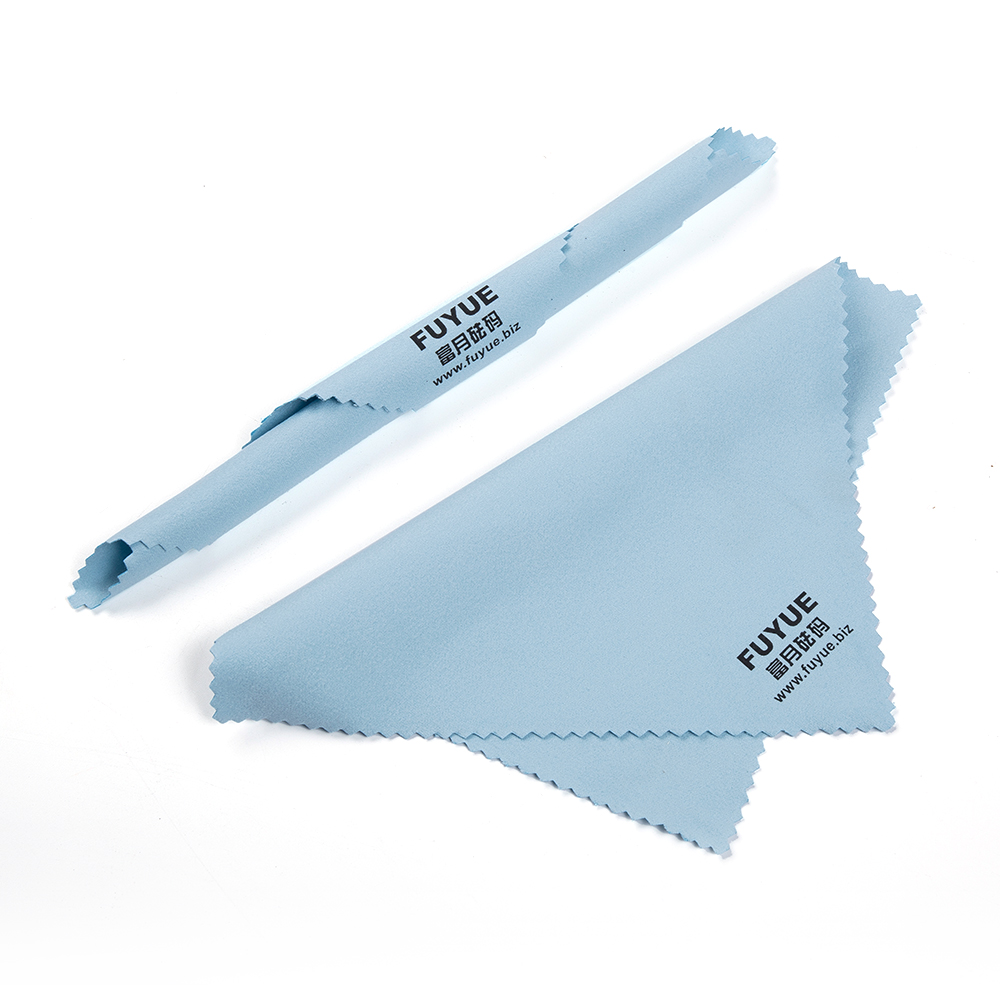Maintaining and cleaning accessory for test weights is crucial for ensuring their longevity, accuracy, and reliability. Here are some best practices to follow:
Cleaning Best Practices
Regular Cleaning:Clean test weight accessories regularly to prevent the accumulation of dust, dirt, and other contaminants.
Use a soft, lint-free cloth for wiping down the surfaces. Avoid abrasive materials that can scratch or damage the accessories.
Appropriate Cleaning Agents:Use mild cleaning agents or solvents that are specifically recommended by the manufacturer.Avoid using harsh chemicals, acidic or alkaline cleaners, which can corrode or damage the accessories.Drying:After cleaning, ensure that the accessories are thoroughly dried using a soft cloth.Avoid leaving any moisture on the accessories, as it can lead to corrosion or rusting.
Maintenance Best Practices
Regular Inspection:Conduct regular inspections to check for any signs of wear and tear, damage, or corrosion.
Pay special attention to handles, lifting devices, and other parts that are frequently used or moved.
Proper Storage:Store test weight accessories in a clean, dry environment to prevent exposure to moisture and contaminants.
Use protective covers or cases to shield accessories from dust and physical damage when not in use.

Calibration:Regularly calibrate test weights and their accessories to ensure they maintain their accuracy and reliability.
Follow the manufacturer’s guidelines and industry standards for calibration intervals and procedures.
Handling:Handle test weight accessories with care to avoid dropping or striking them against hard surfaces.
Use appropriate lifting devices or handles to move heavy test weights safely.
Environmental Conditions:Maintain a stable environment with controlled temperature and humidity levels to prevent any adverse effects on the materials.Avoid exposing test weight accessories to extreme temperatures or corrosive environments.
Preventative Measures
Protective Coatings:Consider applying protective coatings to metal parts to prevent rust and corrosion.Ensure that any coatings used do not affect the accuracy of the test weights.
Labeling and Documentation:Keep accurate records of maintenance, cleaning, and calibration activities.
Label accessories with their calibration dates and any special handling instructions.
Specialized Care
Non-Metallic Accessories:For non-metallic accessories, follow specific cleaning and maintenance instructions as recommended by the manufacturer.Ensure that the materials used in non-metallic accessories do not degrade or react with the test weights.
Electronics:For accessories with electronic components, ensure that they are cleaned and maintained according to the manufacturer's guidelines.Avoid exposure to moisture and static discharge which can damage electronic parts.
Periodic Replacement
Wear and Tear:Replace any accessories that show significant signs of wear and tear or have reached the end of their recommended service life.Ensure that replacement parts are compatible with the original equipment and meet the required standards.
Upgrades:Stay informed about new developments and upgrades in test weight accessories.Consider upgrading to newer accessories that offer improved accuracy, durability, or ease of use.
By adhering to these best practices, you can ensure that your test weight accessories remain in optimal condition, providing accurate and reliable performance over their lifespan.

 English
English















